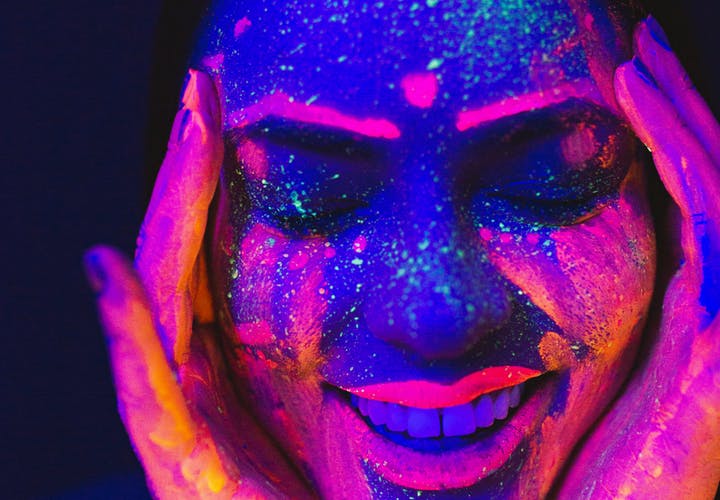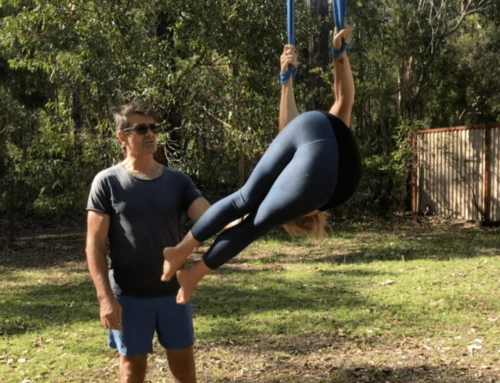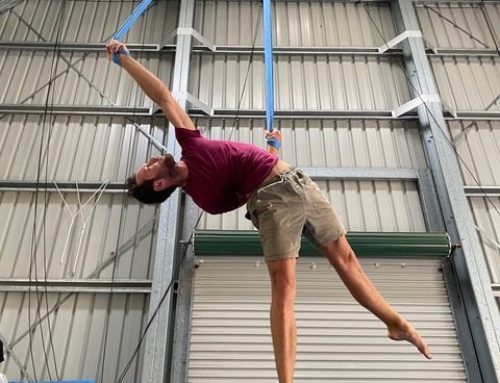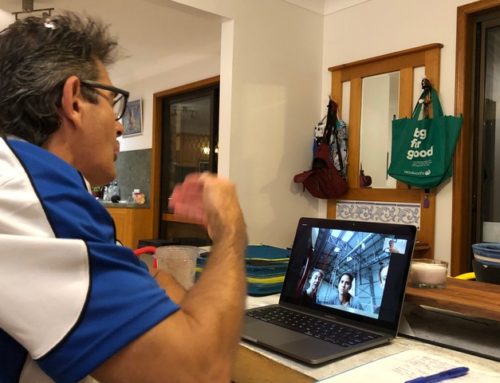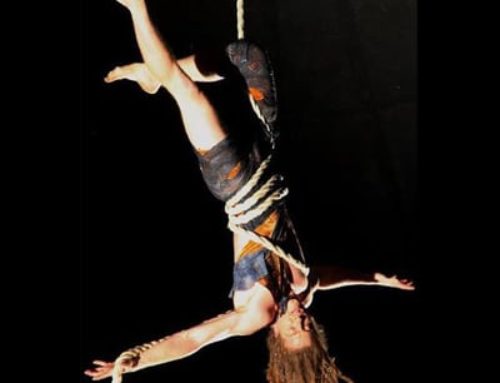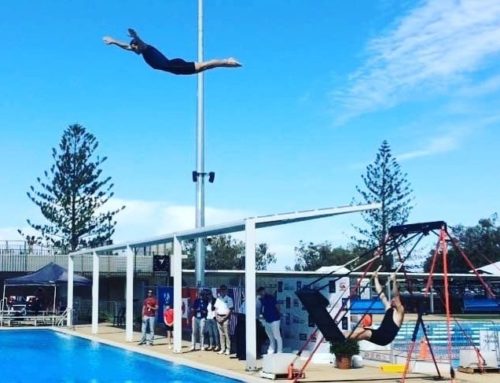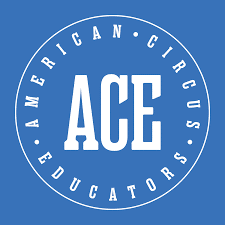I’m sure you have heard the term “Visualization” before, but is it useful? The short answer is “Yes it is”, as long as you’re doing it right. However, since everyone is different, my way to do it might not be right for you. Visualization is usually used just before doing a show or a sports competition. It is a way to focus on what you will do and try exclude distractions from your mind in order to be 100% focused on the next priority.
What are you supposed to see during visualization? A valuable visualization experience should be done from your mind’s eye, seeing the things that you would normally see while doing the skills. Since circus performers and students usually video themselves during training, they sometimes visualize themselves from the perspective of their recording devices. It’s easy to close your mind and imagine re-seeing your video and translating that into your movements. These are not necessarily accurate from the perspective of you actually doing the skills.
During a training session, I usually ask students ‘what did you see’? Too often, the answer is ‘I don’t know’, or ‘nothing’ or ‘I don’t remember’. I can only imagine that those students will have a hard time trying to visualize their skills in a productive way. Here are a few drills for you to try when you are able to return to your training space and experiment.
- Once you have warmed up properly and done an easy skill, repeat the same skill carefully, but this time with your eyes closed (if it can be done safely). The reason for this is that you will be acutely sensitive to the feelings that you experience during movement. You will feel quite disoriented during the movement with your eyes closed, but it is a valuable exercise for becoming more in tune with how your body feels during the movement.
- Now repeat the same movement with you eyes open and look at what your body is doing all the time during the skill. Try very hard to focus on what you’re seeing so that you can repeat it to your coach or to yourself afterwards. You will now see your movements in a way that the coach sees you and some mistakes may become more obvious to you.
- When you are comfortable doing that movement a few times while looking at the same part of your body, try looking at a different part of your body. You will acquire new information about what other parts of your body are doing at that time during that movement. This association could be very useful to you in future, not only relating to understanding feed-back, either from your coach or from your self-assessment.
- The final part of this experiment is to do the skill one more time. This time, before you attempt the skill again, close your eyes and try to visualize the complete movement. Images what your body looked like during the movement, and try to add to that the feelings you experienced at the same time. Do this visualization from the beginning of the movement until the end. When you’re done, repeat the same skill again and try to marry all the images you see with feelings that you felt. Do not be surprised if you do the skill perfectly.
You have just learned an important lesson on your road to autonomous training and satisfactory self-analysis.

